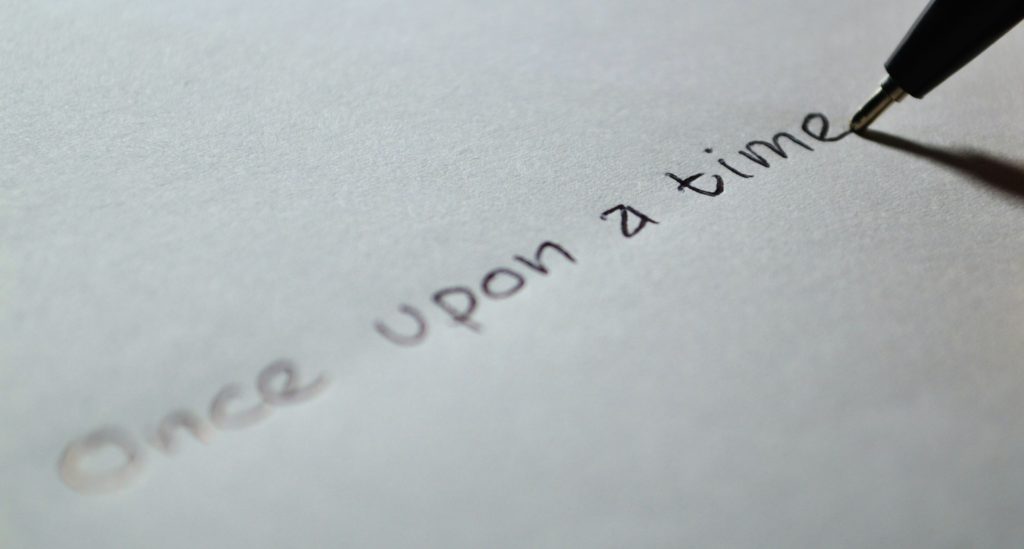I often refer to “intended audience” in my posts, somewhat assuming we all know what it is. And it’s partly true that most of us have a vague idea. But the proverbial devil is in the details, and in this case understanding what an intended audience is – and why you should care as a writer – can make a hell (no pun intended) of a difference.
Let’s start with the vague idea most of us have about this concept that every author should know about. So, what is the intended audience of a book?
It’s the kind of reader expected to read the book.
And so, we might say that the intended audience of romance fiction is not really upper-class professors of philosophy – though, you never know – but, say, lower-middle-class, middle-aged women.
All this is extremely generic – we haven’t reached the… devil yet – and very superficial. It mostly revolves around marketing considerations, in the sense that it offers an estimate on who is likely to buy a given book.
But the most intriguing aspects of establishing an intended audience have to do with artistic considerations instead, and they are much more complex. Crucially, they are also the most useful for a writer to know, and that’s precisely what I’ll share with you in this post.


